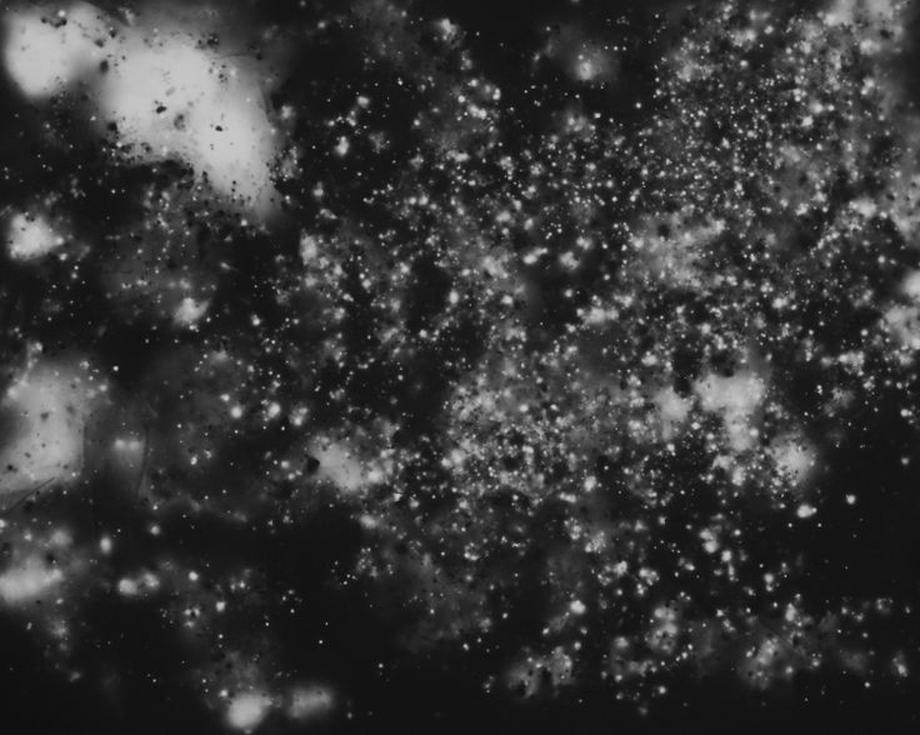
A talk by art historian and professor Geoffrey Batchen was very illuminating on the topic of cameraless photography. I formerly called this medium photograms, but it has been known by countless names (e.g. contact prints, Rayographs, Schadographs). Batchen gave a thorough yet quick history of this kind of imagery, beginning with Henry Fox Talbot.
Batchen, like the 1970s photography critic John Szarkowski, reminded us that art history excludes cameraless photography. The professor also warned that his history is not all-inclusive and subjective; this content will be the meat of his upcoming publication, Emanations: The Art of the Cameraless Photograph. In my photo history classes and books, I never encountered most of the artists (and scientists) he showcased, from Edmund Edward Fournier d'Albe who tried to debunk a psychic during the Victorian era, to conceptual artist Ian Burn who repeatedly Xeroxed paper.
There is no shortage of contemporary artists making contact prints. After Batchen's lecture, a former photography professor of mine announced that the current flock of photography graduate student applicants is enamored with historical processes, and that this concerns her. "The process is not enough," she exclaimed. I agree that romanticizing photographic techniques with more of a human touch—which the younger generation might not experience through digital—yields superficial art. Batchen tried to make the case that modern artists can still employ these techniques to speak to 21st century concerns.
One example of a living artist working in this medium that struck a chord with me is Shimpei Takeda. In Trace, he exposed photographic paper to radioactive dirt from Fukushima (pictured above). Admittedly, the black prints with white specks of dirt need their context to transcend just being pretty. The immediacy of cameraless images—their 1:1 scale and lack of any glass mediation—makes Takeda's powerful for me.
An example of a living artist whose work I feel is more romantic and less meaningful is Alison Rossiter, who collects and develops expired light sensitive papers to achieve unexpected abstractions. I guess a little nostalgia isn't a bad thing; for those of us who have used analog photography, contemplating its obsoleteness can allude to grander metaphors.
Batchen called cameraless photos "photography in its most primal state." No lens or electrical power is needed. Simplicity is comforting.

